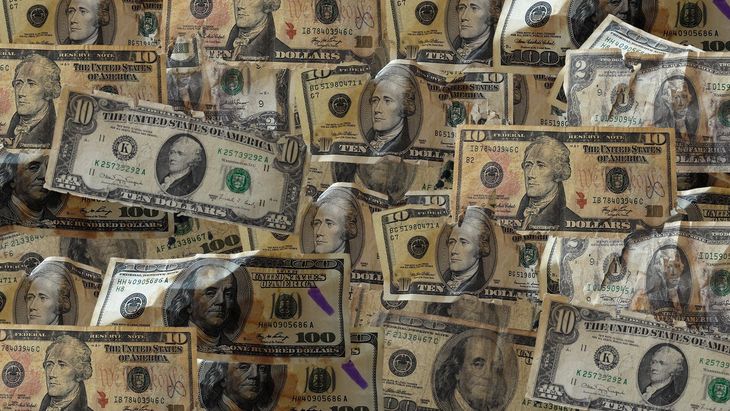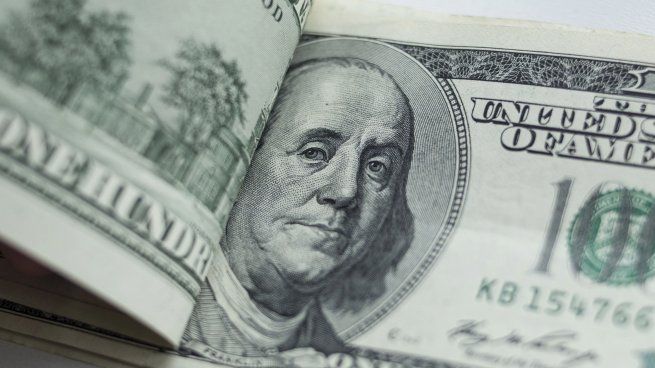The United States Federal Reserve has announced the durability of the material used to print its currency.
According to the United States Federal Reserve (FED) the quality of the banknotes issued by its associated banks is carefully analyzed by a processing team. Under strict quality criteria, when they receive copies already issued they decide whether they should be taken out of circulation and replaced or still have a shelf life.
The content you want to access is exclusive for subscribers.
The composition of the paper money used by the United States to produce banknotes is 25% linen and 75% cotton. However, the nominal value of the bills will also determine the useful life of each one. The higher value bills will last longer than the lower value bills.


F3YYVGU7DBBLHD3YD4OLOJLXMI.jpg

Dollars: This is the useful life of the paper from which dollars are made
To provide information on each of the cases, the state agency in charge of the production, distribution and circulation of the American currency published a table that explains the estimated useful life of each of its banknotes. We will mention them below.
The ticket of 1 dollar has an estimated useful life of 6.6 years. For their part, the 5 and 10 dollars They seem to have a shorter duration and live respectively 4.7 and 5.3 years. When we talk about the banknote 20 dollars We are already extending to the 7.8 years of paper duration. The copy of 50 dollars It has a useful life of 12.2 years and that of 100 It is the longest lasting one with 22.2 years of useful life.
Source: Ambito
I am an author and journalist who has worked in the entertainment industry for over a decade. I currently work as a news editor at a major news website, and my focus is on covering the latest trends in entertainment. I also write occasional pieces for other outlets, and have authored two books about the entertainment industry.




